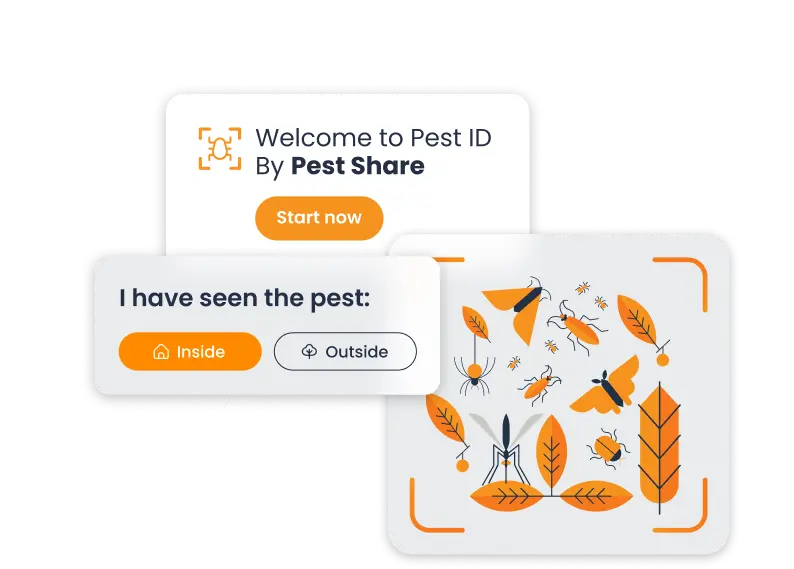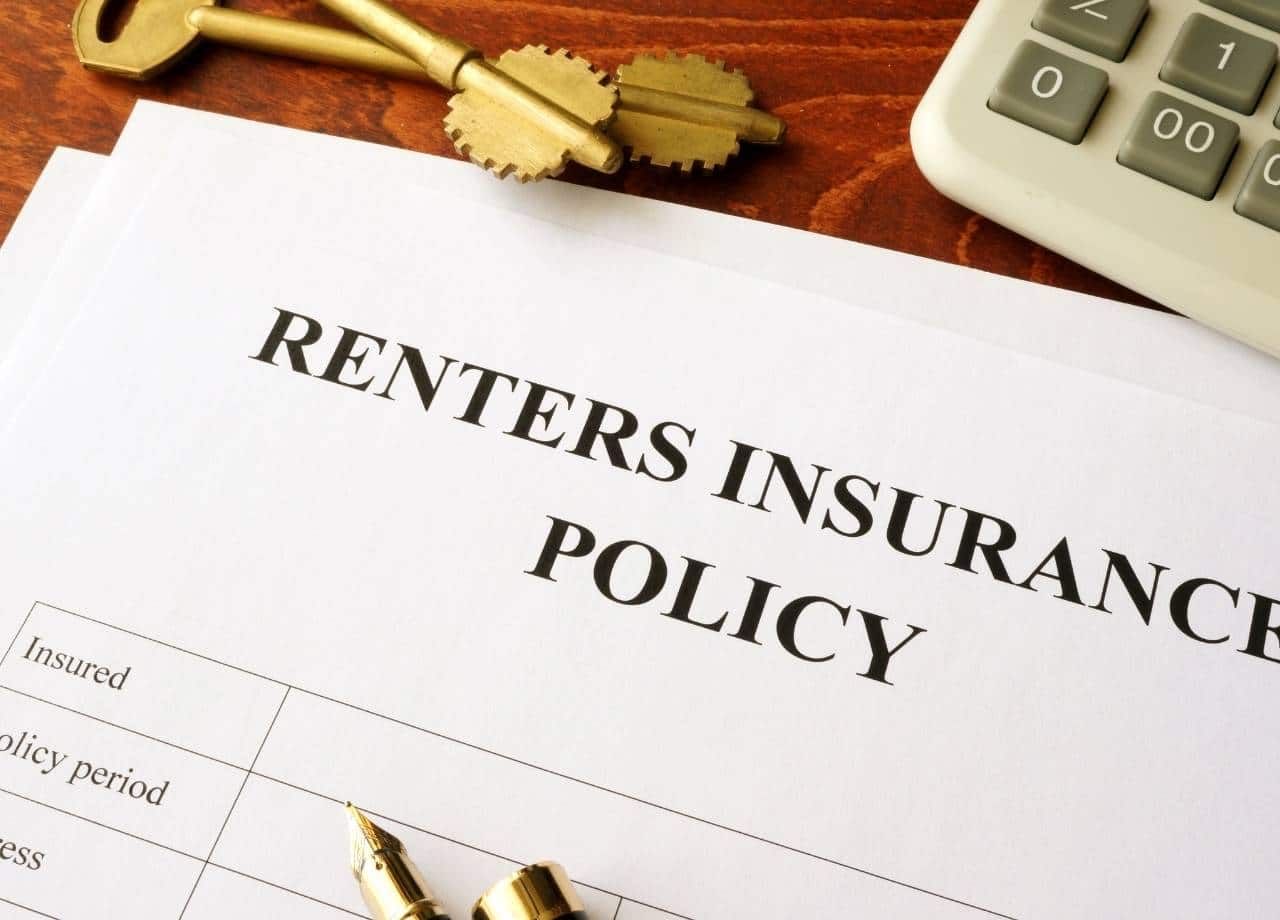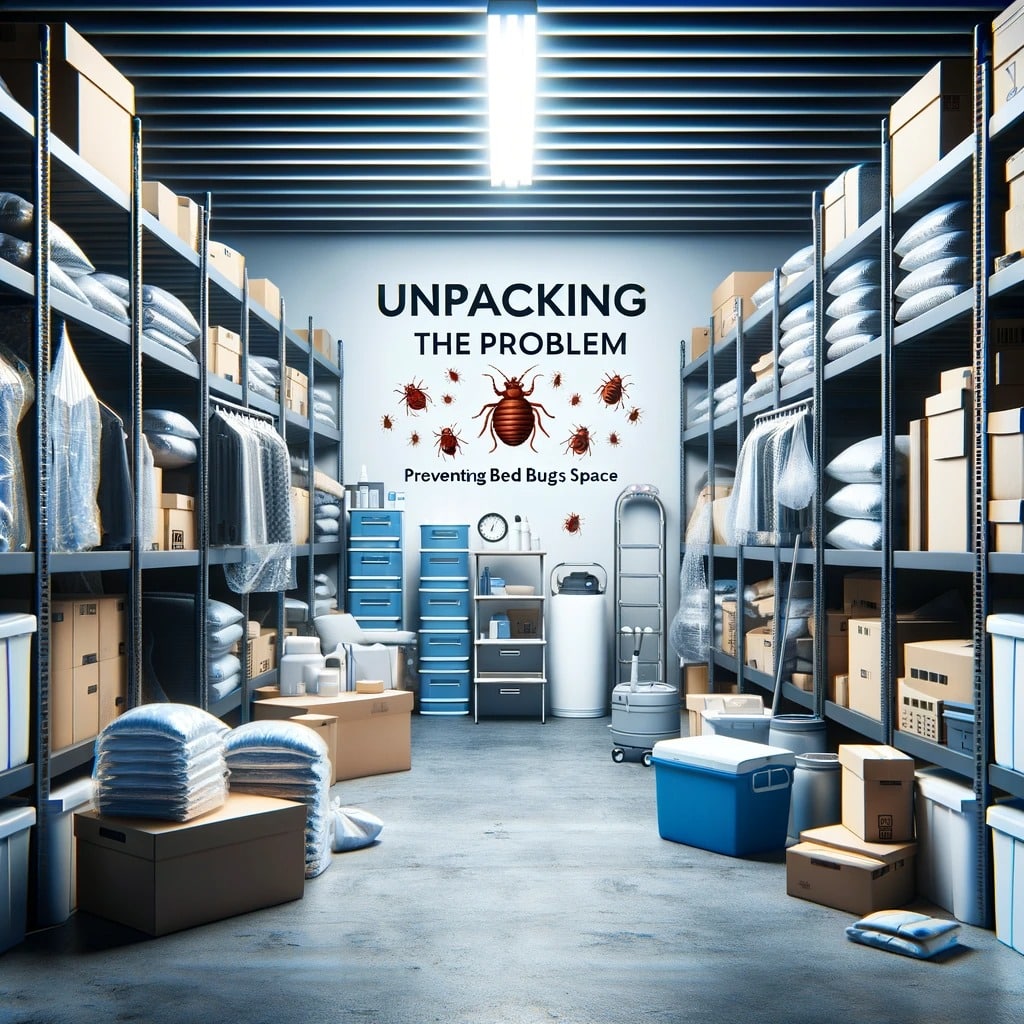If you’re a property manager, you’ve probably heard it all when it comes to renters insurance. “Do I really need it?” “Isn’t it expensive?” or the classic “I’ll get to it later.” And one of the most common questions you’ll hear is, “How long does it take?”
The answer? Surprisingly fast. But there’s more to it than just the time. Let’s break it down.
Most Residents Can Get It Within 30 Minutes
Yes, that fast. Today’s renters insurance market is set up to be fast, simple, and mostly online. Many major companies like Lemonade, State Farm, and Progressive have apps or websites that guide residents through the whole process in minutes. They answer a few questions, get a quote, pick their coverage, and pay.
And just like that—done.
Of course, not everyone moves that fast. Some residents hesitate because they don’t understand it, or they’re overwhelmed during the move-in process. That’s where you come in.

Smarter Pest Control, Fewer Headaches.
What Can Slow Residents Down?
While the process is simple, a few things can get in the way. First, there’s the classic “I forgot.” If renters insurance isn’t front and center during lease signing or move-in communication, it might slip through the cracks. That can lead to delays.
Another holdup comes from residents who don’t have their information ready. Most insurers ask for basic personal details and the address of the property. Some might also ask about pets, expensive items, or past claims. If a resident doesn’t have those answers ready, things slow down.
Then there are residents who want to shop around. Comparing policies is smart—but it takes time. They might visit several websites, read through the fine print, and weigh coverage options. That can stretch the process into a few days instead of a few minutes.
What About Residents Who’ve Never Had Insurance?
This is a big one. First-time renters may not understand what renters insurance even covers. They might think it’s like homeowners insurance or that it protects the property owner. That misunderstanding can cause hesitation and confusion.
For those residents, it’s not about the time it takes to get insurance. It’s about the time it takes to understand why they need it. If they’re unsure, they’ll delay. So being clear, early, and simple in your communication really helps.
When Should You Ask for Proof?
You don’t want to be chasing down insurance details after someone has already moved in. The best time to ask for proof of renters insurance is before move-in day. Set that expectation early. Include it in your lease agreement and your welcome emails. You can even include a friendly reminder: “Most residents get this done in under 30 minutes!”
And remember, the policy doesn’t have to be active the day they buy it. Many providers let residents choose the effective date—so they can buy the policy today, and set it to start on move-in day.
What Coverage Should They Get?
This is where some residents slow down. They want to make sure they’re getting the right coverage—and rightfully so. But that’s also why they look to you for guidance.
Here’s what most residents need to know: basic renters insurance covers personal belongings, liability, and loss of use. It won’t cover the building or structural damage—that’s what your property insurance is for.
Many property managers require a minimum of $100,000 in liability coverage. Some even require residents to list the property or management company as an “interested party” on the policy. That way, you get notified if it lapses or is canceled.
By giving your residents clear instructions, you cut down on confusion and speed up the process.
You Can Speed Things Up Even More
Want to make life easier for everyone? Create a simple renters insurance guide you can send out during the lease signing process. Include:
- A short explanation of why it’s required
- What the policy should include
- The minimum liability amount
- The start date you expect
- Your preferred (but optional) providers
Also, remind them that some platforms offer instant proof of insurance. That’s helpful if you’re on a tight timeline. You can even provide sample screenshots or a checklist to help them breeze through it.
Real Talk: Sometimes They’ll Wait Until the Last Minute
No matter how clear or early your communication is, some residents won’t take action until the day before move-in. It’s not ideal, but it happens.
The good news? That’s not a deal-breaker. Because of how fast renters insurance can be purchased, even last-minute buyers can be covered in time—assuming they act. Just make sure you’re not letting anyone move in without that proof.
If someone’s struggling or confused, walk them through it. Let them know how quick it really is. Sometimes just hearing “it only takes 20 minutes” is enough to break the mental block and get them moving.
What About Monthly Costs?
Another reason some residents delay? Money. They think renters insurance is going to break the bank. In reality, most basic policies cost between $10 and $20 a month. That’s cheaper than a pizza.
Framing it that way makes it easier for residents to say yes. You’re not asking them to spend hundreds. You’re asking them to protect their stuff and your property for the cost of a lunch.
How Pest Share Fits Into This
Here’s where Pest Share can be helpful. Residents sometimes think of insurance and pest control as separate issues—but both are about protection. While renters insurance helps when things go wrong, Pest Share helps prevent issues before they become major problems.
As a property manager, you want your residents to feel safe and cared for. Having pest control handled proactively, and renters insurance in place before move-in, goes a long way toward creating that peace of mind.
Plus, when residents see that their property manager is organized and thinking ahead, they’re more likely to follow suit.
So how long does it really take for residents to get renters insurance?
If they’re focused and ready, 15 to 30 minutes tops. If they’re confused, shopping around, or distracted by moving stress, it might stretch into a day or two. But with a little guidance from you, there’s no reason it should delay move-in.
Set expectations early. Offer resources. Be clear on what you need and when you need it. And above all, make sure residents know this isn’t just a box to check—it’s something that protects them too.






